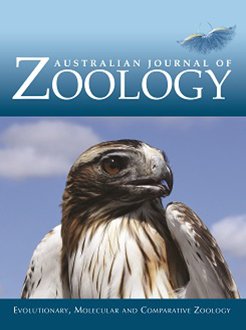Wildlife clinics play a critical role in safeguarding the well-being and survival of diverse animal species, but their admissions data are also valuable for investigating threats and challenges impacting local wildlife. This study examines 10 years of admissions data from the Phillip Island Wildlife Clinic in Victoria, Australia, to identify species, primary causes, outcomes, and temporal trends of clinic admissions. Avian species constitute the majority of admissions (64.5%), with sea and water birds being the most frequently admitted group. Motor vehicle accidents, injuries of unknown cause, and orphaning are the dominant causes of admission for birds and mammals. Car strikes are the leading cause of admission for land birds, land mammals, macropods, and turtles. Orphaning exhibits a seasonal pattern, with a higher number of cases in spring. Overall, 59.1% of admissions resulted in mortality, with causes related to trauma showing significantly higher mortality risks than others. The findings emphasise the impact of tourism on wildlife populations and the urgent need for targeted conservation strategies on Phillip Island.
How to translate text using browser tools
21 March 2024
Hospital admissions to Phillip Island Wildlife Clinic, Victoria, Australia, over a 10-year period, 2012–2021
Kate J. Dutton-Regester
ACCESS THE FULL ARTICLE
<
Previous Article
|

Australian Journal of Zoology
Vol. 71 • No. 4
April 2024
Vol. 71 • No. 4
April 2024
admissions
Australian wildlife
conservation
endangered species
hospital admission
mortality
Phillip Island





